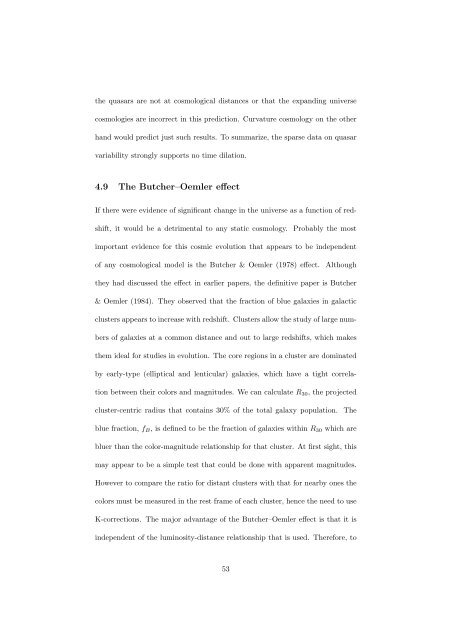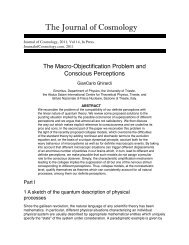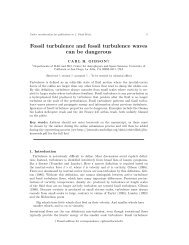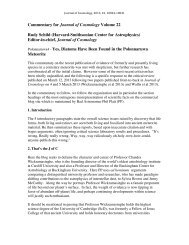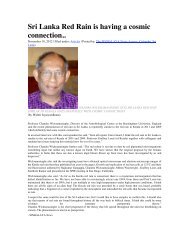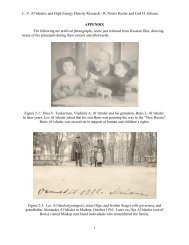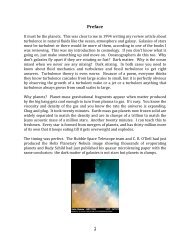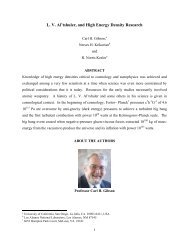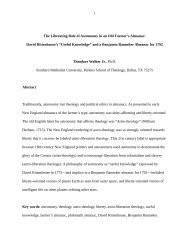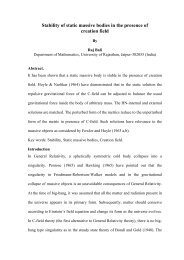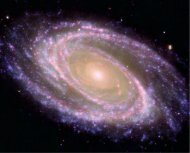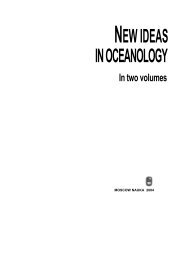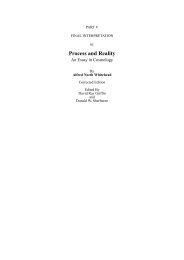Observational Evidence Favors a Static Universe - Journal of ...
Observational Evidence Favors a Static Universe - Journal of ...
Observational Evidence Favors a Static Universe - Journal of ...
Create successful ePaper yourself
Turn your PDF publications into a flip-book with our unique Google optimized e-Paper software.
the quasars are not at cosmological distances or that the expanding universe<br />
cosmologies are incorrect in this prediction. Curvature cosmology on the other<br />
hand would predict just such results. To summarize, the sparse data on quasar<br />
variability strongly supports no time dilation.<br />
4.9 The Butcher–Oemler effect<br />
If there were evidence <strong>of</strong> significant change in the universe as a function <strong>of</strong> red-<br />
shift, it would be a detrimental to any static cosmology. Probably the most<br />
important evidence for this cosmic evolution that appears to be independent<br />
<strong>of</strong> any cosmological model is the Butcher & Oemler (1978) effect. Although<br />
they had discussed the effect in earlier papers, the definitive paper is Butcher<br />
& Oemler (1984). They observed that the fraction <strong>of</strong> blue galaxies in galactic<br />
clusters appears to increase with redshift. Clusters allow the study <strong>of</strong> large num-<br />
bers <strong>of</strong> galaxies at a common distance and out to large redshifts, which makes<br />
them ideal for studies in evolution. The core regions in a cluster are dominated<br />
by early-type (elliptical and lenticular) galaxies, which have a tight correla-<br />
tion between their colors and magnitudes. We can calculate R30, the projected<br />
cluster-centric radius that contains 30% <strong>of</strong> the total galaxy population. The<br />
blue fraction, fB, is defined to be the fraction <strong>of</strong> galaxies within R30 which are<br />
bluer than the color-magnitude relationship for that cluster. At first sight, this<br />
may appear to be a simple test that could be done with apparent magnitudes.<br />
However to compare the ratio for distant clusters with that for nearby ones the<br />
colors must be measured in the rest frame <strong>of</strong> each cluster, hence the need to use<br />
K-corrections. The major advantage <strong>of</strong> the Butcher–Oemler effect is that it is<br />
independent <strong>of</strong> the luminosity-distance relationship that is used. Therefore, to<br />
53


